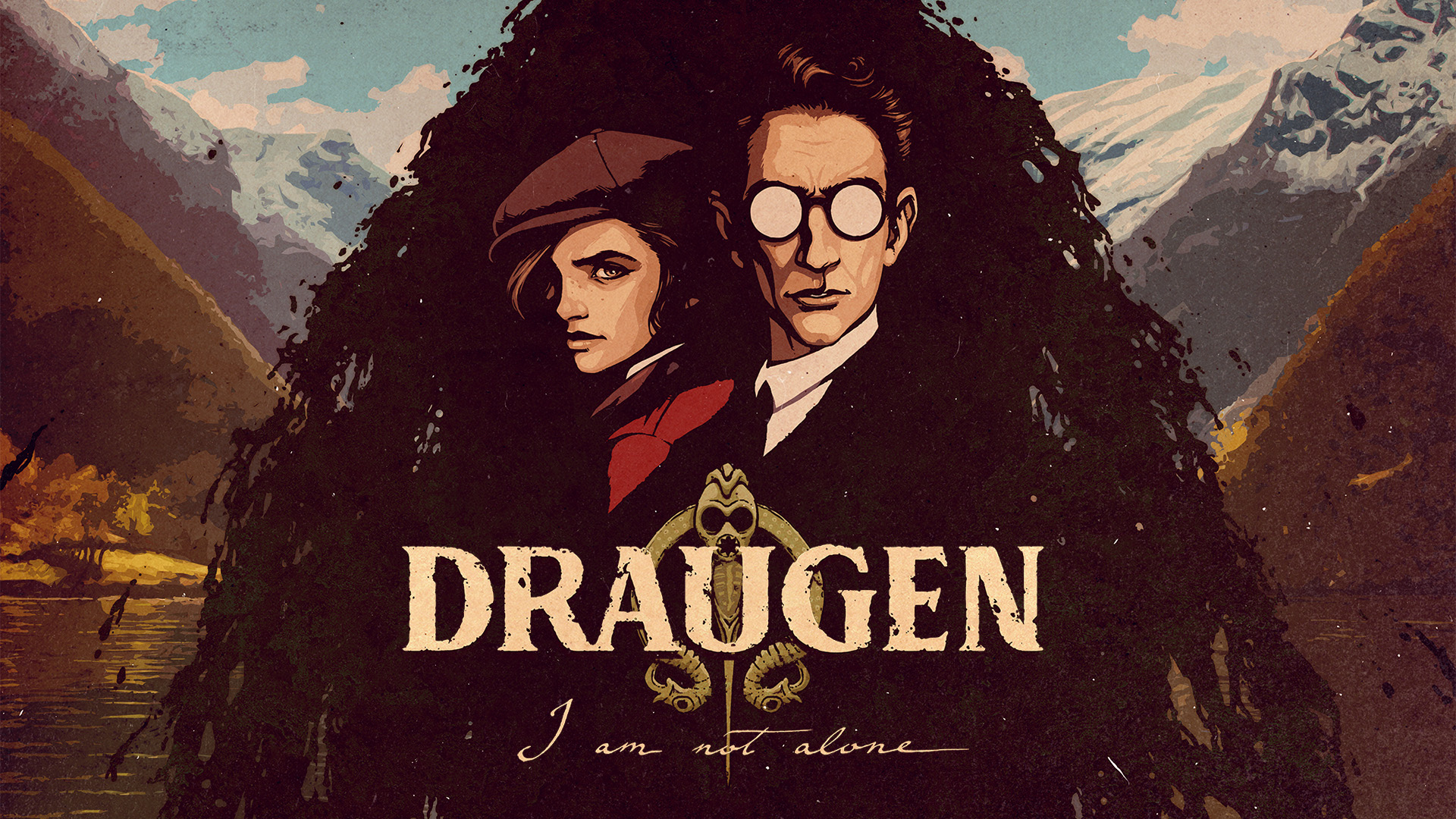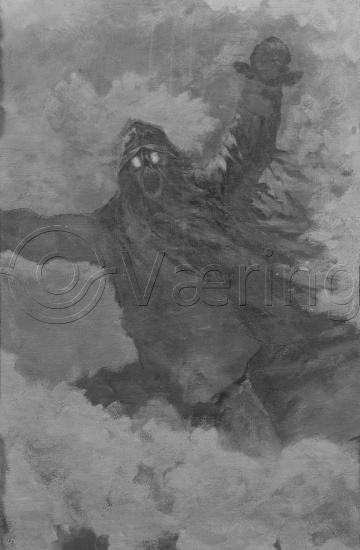

We also have examples from sagas of weapons acquired from mounds gaining powers from the dead. Mounds, like pyramids, are easy to spot, and known in their own time to often contain treasure-even if it was considered sacrilegious, there would likely have been people desperate enough to commit such an act to get their hands on it.Ĭollecting heirlooms from a mound may have been seen as a way of gaining the power of the dead person, and this is seen in particular in the Middle Ages, where this was a common belief. A famous example is the plunder of Egyptian tombs and pyramids, often shortly after the royal crypt has been finished and the dead placed in their eternal home. Robbing a grave in search of gold is self-explanatory and has occurred world-wide. Preventing the dead from returning: the Reimleik motive.Remove the dead to be re-buried somewere else.Socially-sanctioned, funerary ritual purposes.Collecting symbolic objects and heirlooms.Grave robberies in search of gold and treasures.The most general theories and likely reasons behind Haugbrott have been summarized as the following: The Haugbrott could occur near the time of the creation of the mound, while others happened hundreds of years after the fact, and many others in-between. Illustration from the 17 th century of Grettir Ásmundarson, the main character in Grettis Saga. But Grettir wins the battle, and he walks away with some of the deposited treasure, including an heirloom sword called Kárs-nautr (“Karr’s gift”). Kárr has become a living dead man, jealously guarding his own mound and all of its treasure. Grettir decides to break into the mound in order to get his hands on the old man’s treasures, and it is in here that he has to get through his very first battle with a draugr.


A good example is the mound belonging to Kárr inn gamli (Kar the Old), the father of a chieftan in Møre and Romsdal, Norway. Grettir is no stranger to haugbrott, and commits several himself. The stories are written down as real events, although the authenticity can be discussed. One such account is Grettir’s Saga, written down in the 14 th century, tells the story of Grettir Ásmundarson, an Icelandic outlaw living in the 11 th century. The function of this pit, and whether it can be defined as a haug-brott, is not yet known. Junior editor and illustrator Molly Wadstål, lying down in a plundering-pit. There are, however, historical accounts of them occurring in the form of sagas and legends, they do not explain why they happened. There is no general consensus between archaeologists and historians as to why haugbrott were committed but there are several theories. There is also evidence of mounds without graves (cenotaphs) having been reopened in a similar manner. Haugbrott are a common occurrence in relation to mounds, with a majority of grave mounds showing evidence of some type of break-in. Haugbrott is the Norwegian word translating into “mound breaking”, and describes the act of breaking and entering into a grave, often desecrating it in the process (though a current theory suggests sometimes it was actually socially-sanctioned). Well, that depends on what prize might be at stake. They are a type of revenant in a physical body, as opposed to something more ethereal like a ghost, and can put up a fight if provoked.īut who would ever provoke a revenant? you might ask. They are deceased loved ones who come back to life in their graves or tombs, with the primary purpose of protecting the treasures that they were buried with. In folktales, many draugr have some type of connection to burial mounds. Painting by Theodor Kittelsen, who painted many supernatural creatures from Scandinavian folklore. But what exactly are draugr, and what is their connection to archaeology (if any)? A draugr from modern Scandinavian folklore. In medieval contexts, they have also been called haugbúi (“barrow-dwellers’) or an aptrganga (“again-walker”). The word may be related to the Swedish word drög, which according to the Svenskt dialektlexikon means “ a pale, ineffectual, and slow-minded person that drags himself along”. The draugr (also known as draugen, draugur or dreygur) is an undead being known from sagas, folktales, and segja (Old Norse).

This appears very fitting for our topic today: the mysterious draugr. In Swedish, there is a saying: “Kärt barn har många namn”, which essentially translates to “we have many names for the things we love”.


 0 kommentar(er)
0 kommentar(er)
